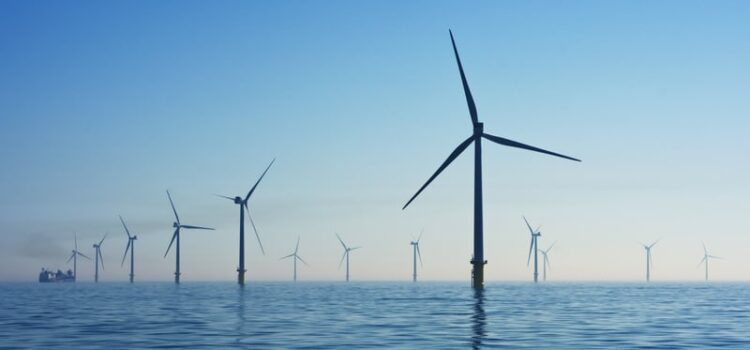

This article is an excerpt from the Shortform book guide to "A Promised Land" by Barack Obama. Shortform has the world's best summaries and analyses of books you should be reading.
Like this article? Sign up for a free trial here .
What was Barack Obama’s green energy plan? Did the plan work?
Part of Barack Obama’s agenda in his first term was to move toward more green energy. But the government and the U.S. economy were dependent on the fossil fuel industry, so this was difficult to accomplish.
Read more about Barack Obama, green energy, and pushback from the fossil fuel industry.
Barack Obama: Green Energy Future
Despite the difficult politics, Obama recognized that tackling climate change was crucial. That’s why his administration established the White House Office of Energy and Climate Change Policy, headed by environmental attorney and former EPA Administrator Carol Browner. The Obama administration was the first to put in place a White House team to seriously address climate change.
The administration saw that U.S. public policy was massively tilted toward fossil-fuel interests, with special tax breaks for oil companies; public highway subsidies; and government-funded oil pipelines and ports all contributing to America’s disproportionate share of global emissions.
Early on, the Barack Obama administration tried to reverse this policy course by embedding $90 billion in clean energy investments into the American Recovery and Reinvestment Act (the “stimulus bill”). Among other things, these investments planted the seeds of what would become a green energy revolution throughout the 2010s, providing funding for wind turbines, clean-energy battery storage systems, and the retrofitting of existing buildings to make them more energy efficient. The stimulus also provided loans to clean-energy technology companies. These loans were crucial to the success of companies like Tesla.
Regulation Through the EPA
The Barack Obama green energy plan needed the EPA to help. In addition to the investments made in the stimulus, the administration sought early on to use the regulatory authority of the Environmental Protection Agency (EPA) to regulate greenhouse gases and set emissions standards for automobiles. One obvious benefit of this regulatory approach was that it could be done entirely through the executive branch and wouldn’t require the passage of new legislation by Congress.
In May 2009, the administration announced its emissions standards plan and secured crucial pledges of cooperation from the United Auto Workers (UAW) as well as the nation’s major automakers.
The plan was ambitious and far-reaching, designed to reduce emissions by over 900 million metric tons (the equivalent of taking 177 million cars off the road). The automakers liked it because it provided a national standard for emissions—instead of a patchwork of state and local standards, which would have been expensive and inefficient to comply with.
The War on the Regulatory State
Obama knew, of course, that the emissions standards plan would be subject to withering political attacks and legal challenges from the right. It was all part of the right’s general opposition to what they termed the “regulatory state”—the promulgation of rules and regulations by executive agencies and boards.
Obama saw Republicans’ attacks on the executive branch for taking action as hypocritical, self-serving, and reflective of a deeply unrealistic worldview. In a large and complex modern society, it was simply impossible to expect legislators to pass legislation that would be able to effectively regulate every emerging industry and technology. Moreover, the legislative process was too slow to respond to fast-moving changes.
This is why Obama and other progressives believed that modern nations needed regulatory agencies staffed by experts, who could quickly promulgate rules in real-time. Nevertheless, well-funded groups on the right (many of them funded by the arch-conservative billionaire industrialists, brothers Charles and David Koch) had a well-oiled lobbying and influence-peddling machine that they could use to delay, challenge, and overturn actions of federal regulators.

———End of Preview———
Like what you just read? Read the rest of the world's best book summary and analysis of Barack Obama's "A Promised Land" at Shortform .
Here's what you'll find in our full A Promised Land summary :
- How Barack Obama went from relative obscurity to the first Black president
- What principles guided his political leadership style
- Why Obama retained an unshakable faith in the potential and promise of America






